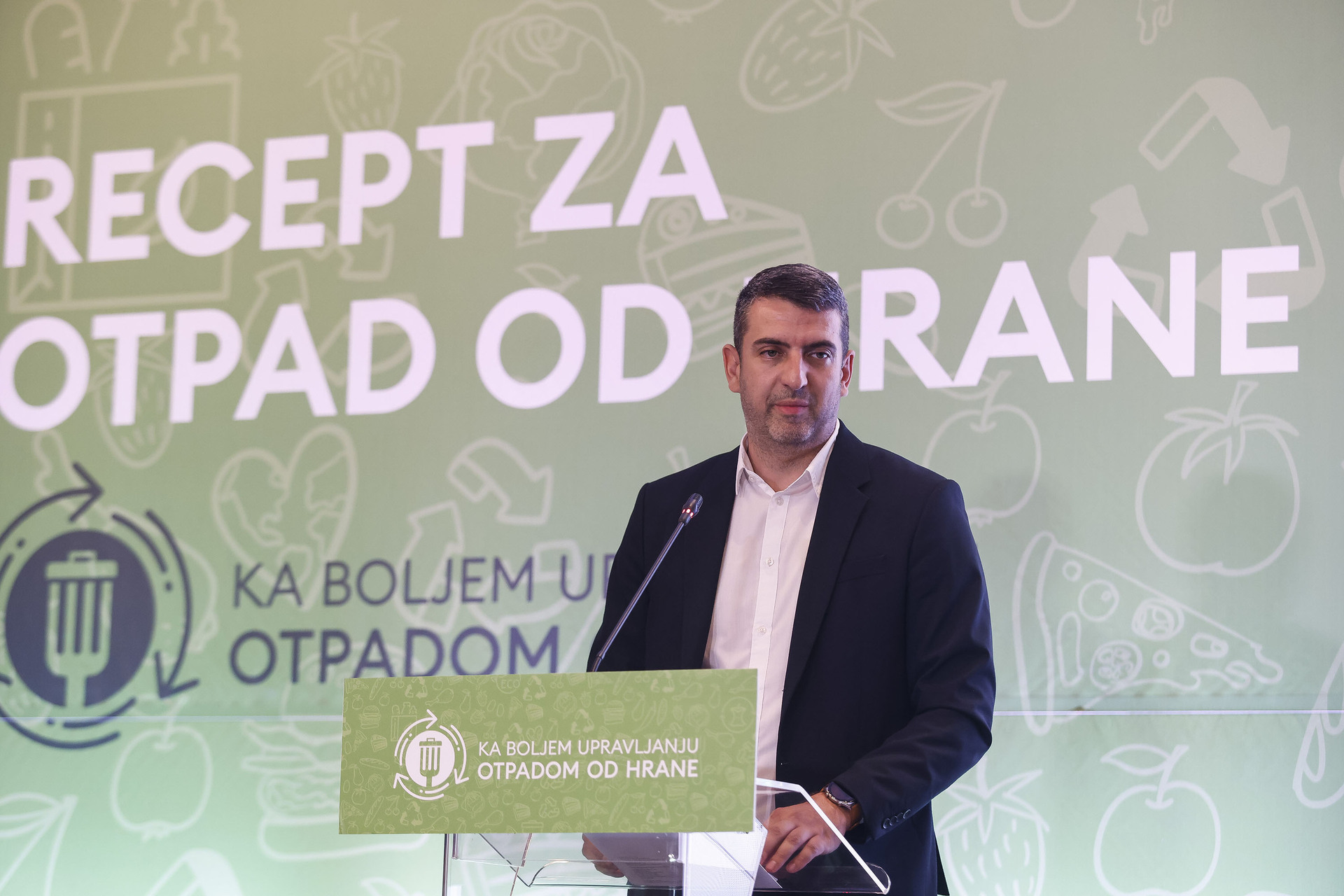Reduced carbon footprint leads to stable savings in agriculture, with potential savings of up to 47%
The Serbian supply chain from field to table emits six million tons of carbon dioxide annually, with 66% originating from primary production, while the processing sector generates 24%, according to the carbon footprint and sustainability Analysis in primary crop production, initiated and conducted by NALED in collaboration with PwC, supported by the Swedish International Development Cooperation Agency (Sida) under the project "Public procurement and good governance for greater competitiveness."
Globally, the breakdown is somewhat different, where primary agricultural production generates half of total CO2 emissions, while processing and logistics contribute one-third to the overall emissions.
The research also included projections of potential savings that could be achieved through transitioning from conventional to regenerative agriculture, recognized as a key mechanism to prepare this industry for the growing demands of the European Union in terms of ESG standards. These standards encompass environmental issues, social responsibility, and corporate governance, with their implementation representing the next step in sustainable business practices increasingly being introduced into regulatory frameworks worldwide.
With a share of 17.8% in total exports and an annual trade surplus of 1.6 billion euros, agriculture and the food industry are one of the main pillars of economic activity and growth in Serbia.
According to Slobodan Krstović, Director of Sustainable Development at NALED, concrete measures are needed to enhance the sustainability of the sector, ensuring sufficient food production while providing stable income for over 530,000 workers engaged in agriculture and the food industry, comprising 20% of total employment.
- The transition from conventional to regenerative production typically takes between five to seven years. The analysis results showed that adopting a regenerative agriculture model can increase yields per hectare by 10 to 20% in the first two to three years compared to traditional soil management methods. Moreover, over a period of 10 years, or nine growing cycles, cost savings in regenerative agriculture compared to conventional models can reach up to 47% annually, Krstović states.
The conducted research demonstrates that regenerative agriculture methods contribute to improving soil quality, preserving biodiversity, and enhancing economic sustainability for crop producers. The path towards reducing carbon footprint involves cover cropping, minimizing nitrogen and synthetic fertilizer applications, and replacing fossil fuels with alternatives such as biodiesel and biogas.
- The key to a sustainable food production system lies in natural resources and how we manage them, particularly the 3.2 million hectares of cultivated land, as well as water and air quality. Long-term protection of soil will be achieved through implementing innovative regenerative agriculture practices, enhancing competitiveness, and achieving stable yields with fewer agronomic operations and crop protection treatments, emphasizes Krstović.
With the support of Sida, NALED has prepared a guide for transitioning to regenerative agriculture for crop producers, introducing principles and practices for restoring natural resources soil, water, and biodiversity aiming to reduce carbon dioxide emissions by sequestering it in the soil.





